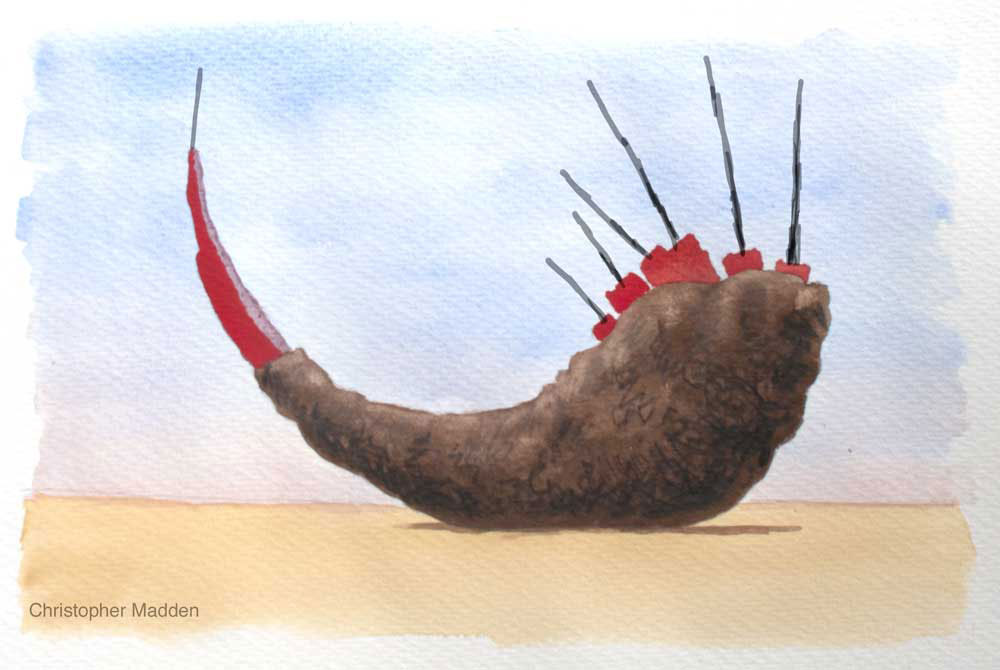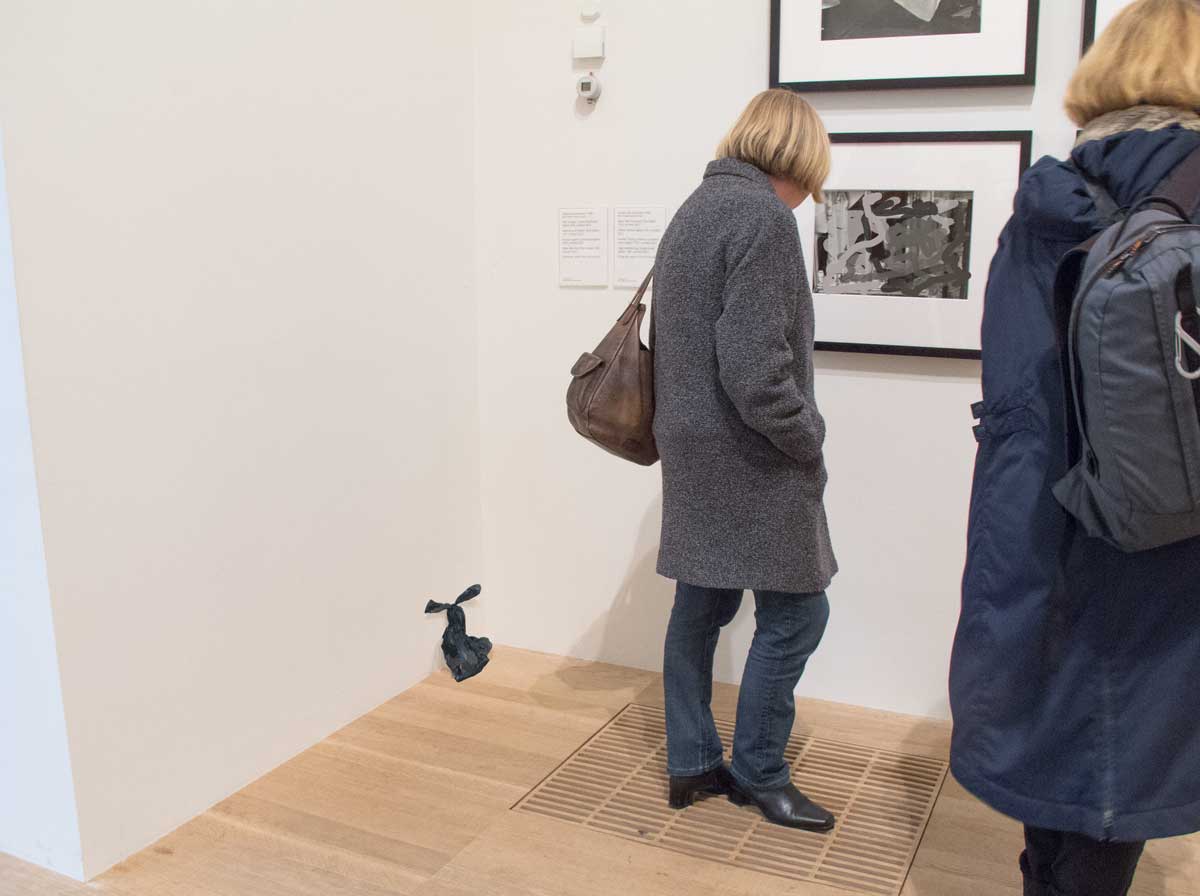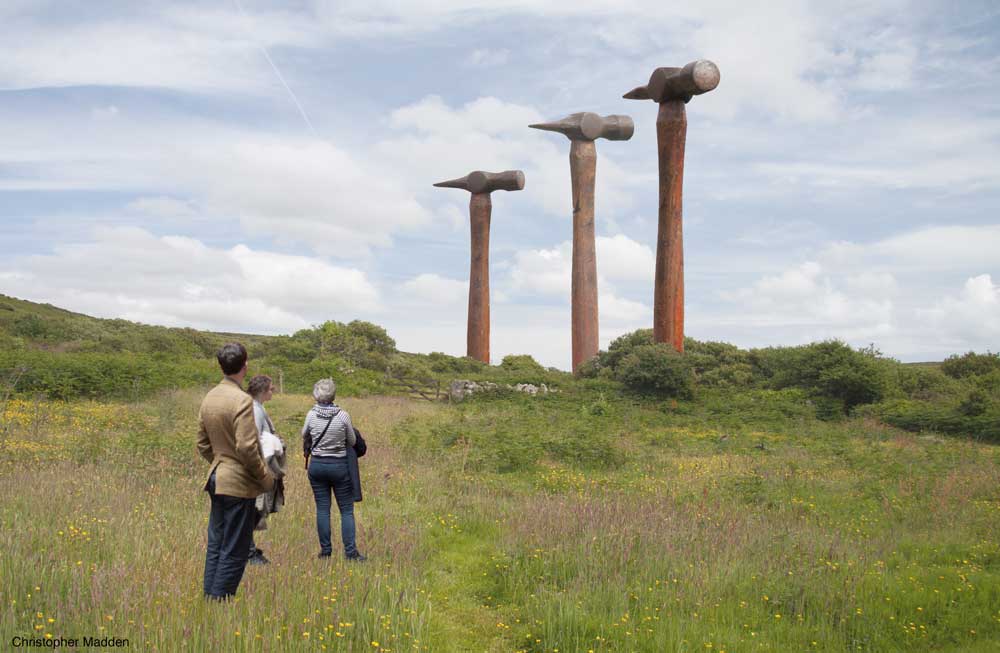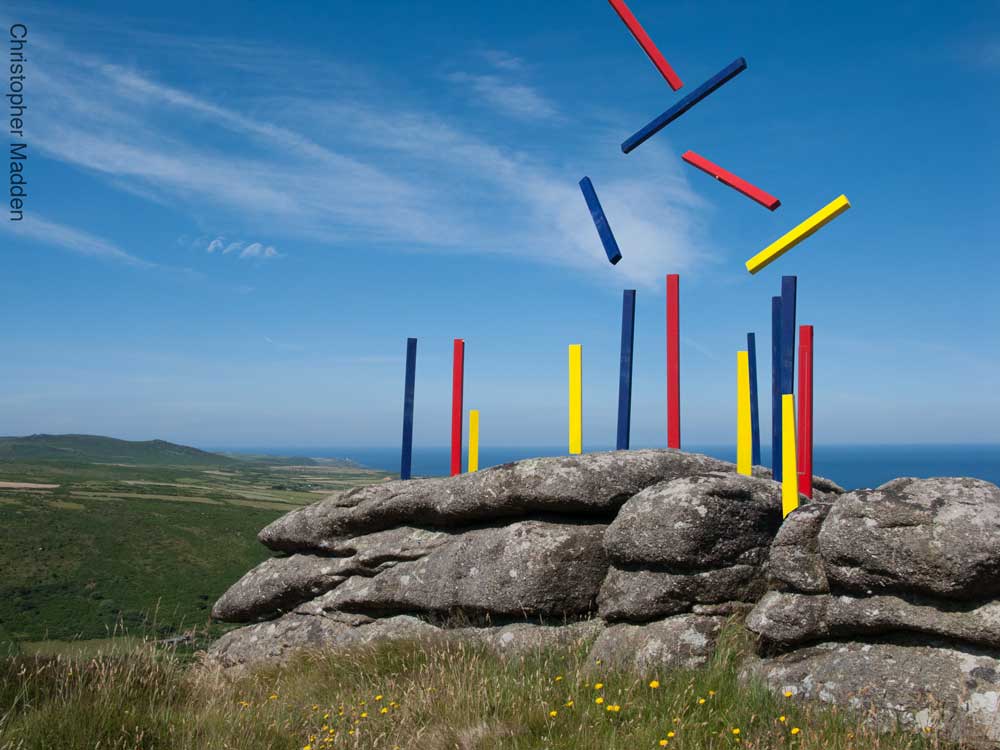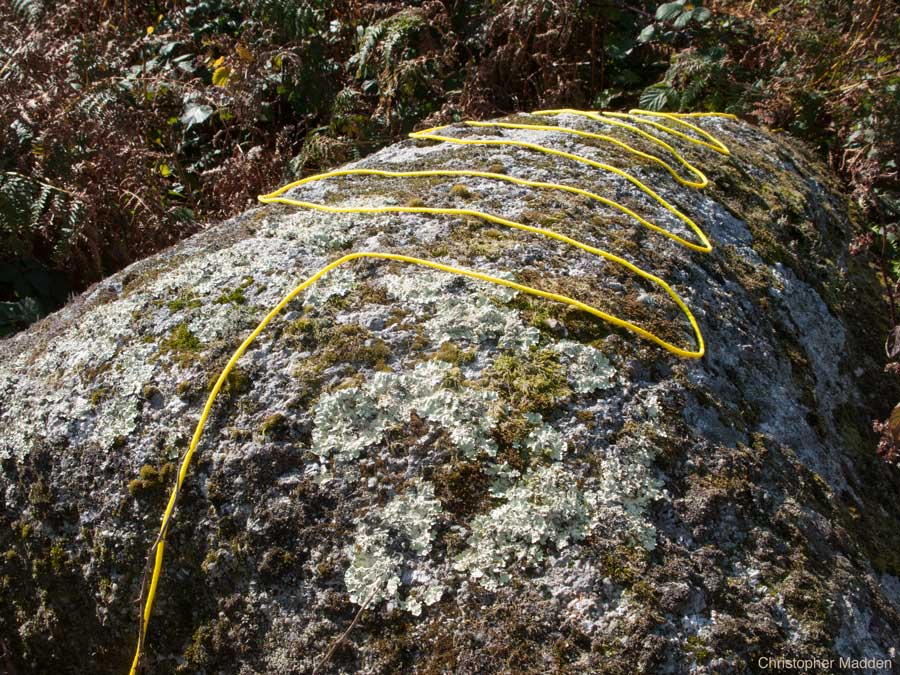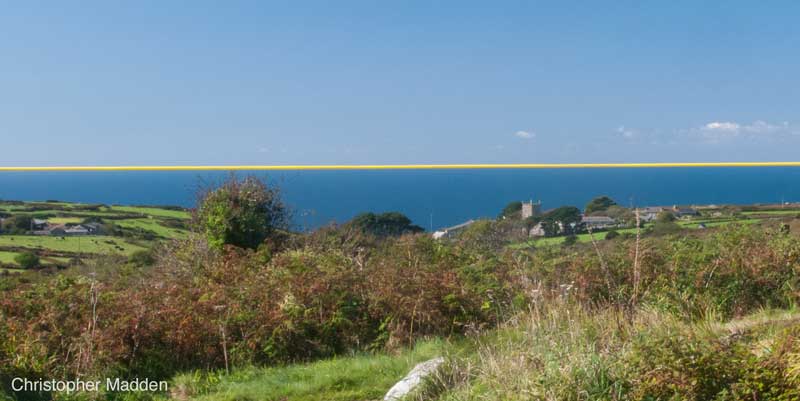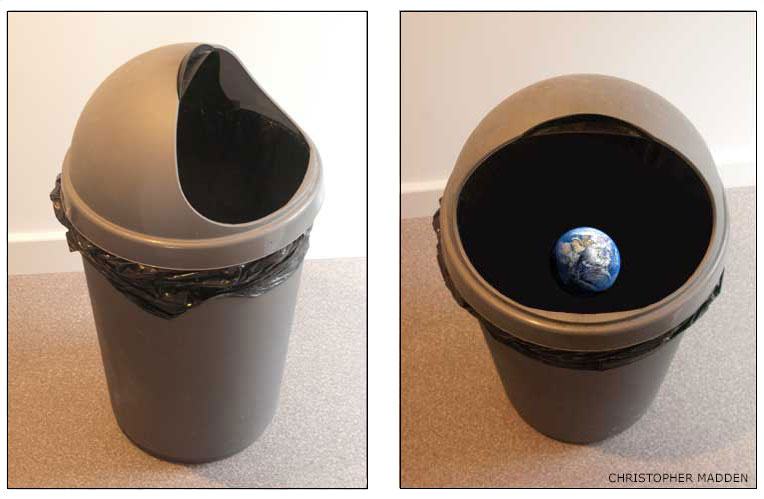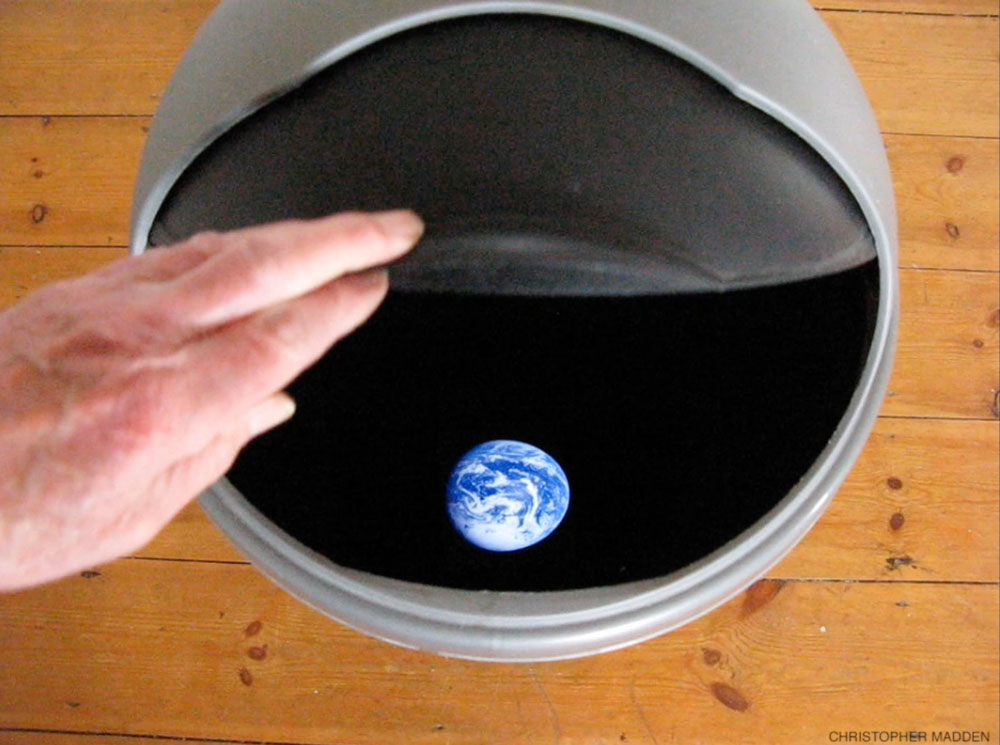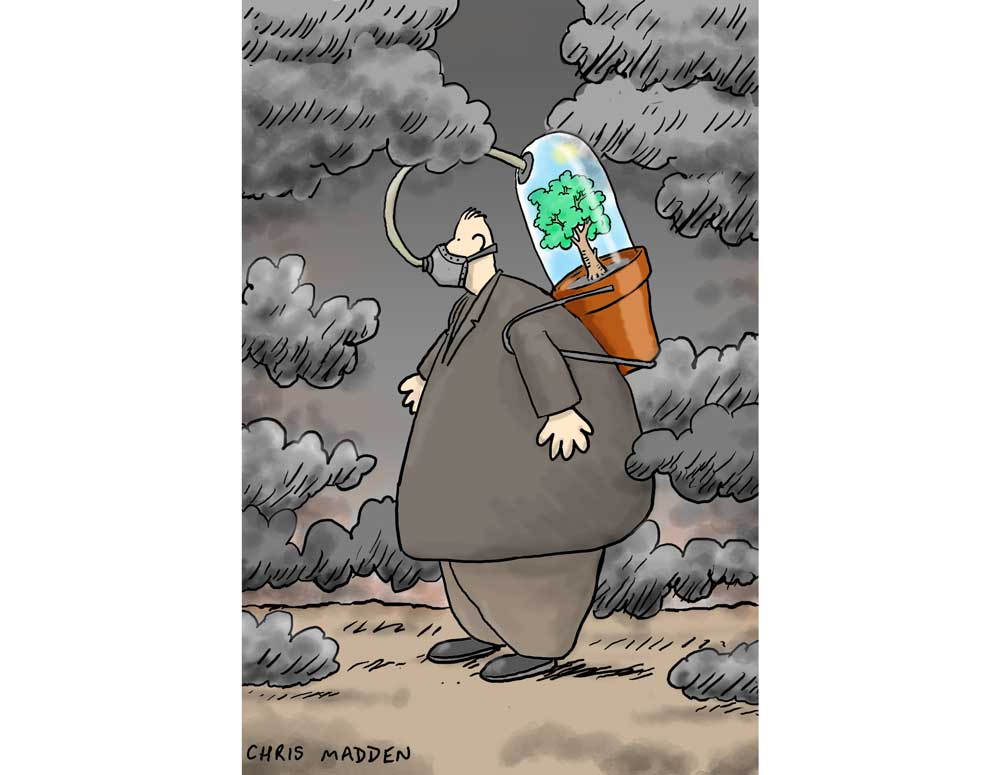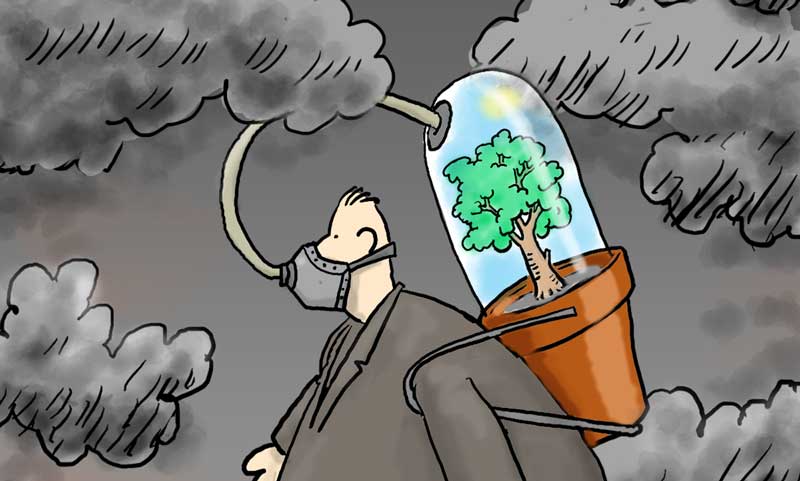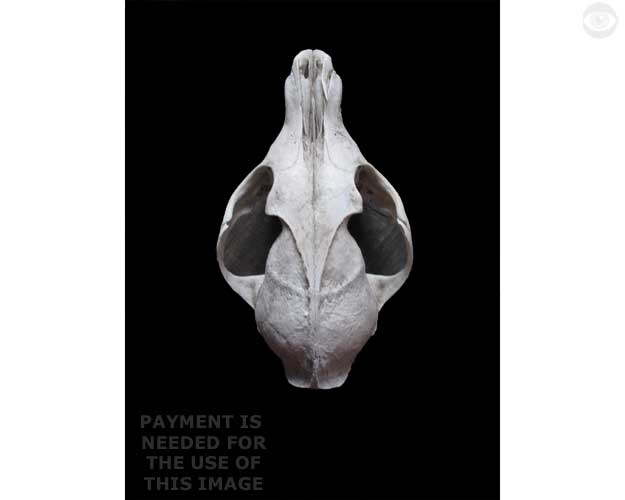
The Scream
Gouache on watercolour paper 24 x 23cm July 2018
A gouache painting featuring a head with giant screaming mouth. The head has no body, and is situated in a desolate landscape.
The scream is an existential scream, no doubt indebted to The Scream by Edvard Munch.
The person in this particular Scream has no body, only a head. This is possibly to show physical impotence in the face of something terrible: the person can’t even try to run away.
The barren and desolate landscape in the painting could be a metaphor for the existence in which the figure finds itself. Maybe an existential crisis in the face of an overwhelming but possibly meaningless universe (as in Much’s scream). I don’t actually believe in a meaningless universe, by the way, because I believe meaning is automatically generated by the existence of the universe. No religion needed.
The painting probably reflects aspects of existential environmental anxiety, as the destruction of the environment has been a concern of mine for almost sixty years.
It’s definitely a work of psychological art
